In accordance with the wiring regulations
There is often confusion about what is commonly referred to as an “Electrical Certificate”. There are essentially 3 types of documents or certificates. Each imply different type of certification.
- “Electrical Installation Certificate” (EIC) is the declaration of conformity from the installing contractor that the new electrical work described has been installed in accordance with the wiring regulations in force at the time of installation. It includes circuit charts and records test results taken prior to commissioning. An EIC cannot be issued by anyone other that the installing contractor and will include a date for re-inspection and testing.
.
Variants of this certificate include:
.- “Minor Works Certificate” for installation work not requiring a new circuit from the distribution board.
- “Domestic Installation Certificate” a reduced EIC tailored specifically for dwellings.
.
An Electrical Installation Certificate will be issued for all Installation work carried out by contractor.
. - “Periodic Inspection Report” (PIR) for an electrical Installation is similar in appearance to the EIC but is a report on the condition of an existing installation when an installation reaches the age indicated in the previous PIR or the installer’s EIC . This report consists of observations and recommendations following a visual inspection and the results of defined tests. A PIR can be issued by any suitably qualified or experienced person or contractor and must not be used to certify a new installation in the absence of an EIC. See below for more information.
.
There is also a domestic installation version of a PIR.
. - “Part P” Certificate relates to the electrical section (part P) of building regulations and applies to domestic installations only. It certifies that any electrical installation work (with some minor exceptions) has been notified to the local authority’s building control department either directly of via scheme such as the NICEIC Domestic Installer Scheme for approved registered contractors. The certificate is issued by the domestic installer scheme on behalf of, or directly by building control and not the installing contractor. Part P certification It is a statutory requirement and is in addition to the EIC or its variants.
. - “Portable Appliance Testing” (PAT). Required by HSE and EWR to assess the electrical safety of appliances.
. - Other electrical documentation include:
.- “Domestic Visual Condition Report”. Not applicable for commercial or industrial installations. Essentially a domestic PIR without testing. It is not generally recognised as a “certificate”. Lomax Electrical recommend that a PIR be carried out in preference to this.
- “Electrical Danger Notification” is issued to inform the owner or person responsible for the building that an instance of significant danger was observed.
- Fire Detection alarm system certificates and reports.
- Emergency lighting certificates and reports.
- Hazardous area certificates.
SOURCE: Lomaxelectrical





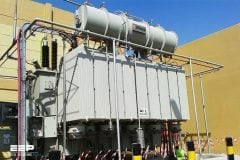
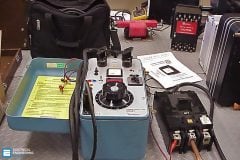
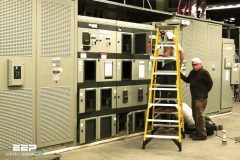
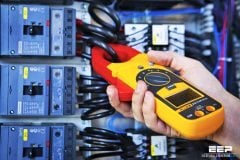
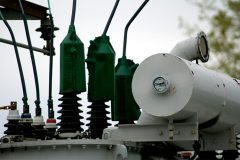

I like the information in your portal, I want to be part of it
Thank you
Dear All,
I have another question.. We have in our facility a 3 winding transformer connected to 12-pulse VFD.The 12-pulse VFD is driving two AC motors(690KW,each;V=690VAC,Hz=50)
Rated KVA=1950;Primary Voltage=11KV;Secondary Voltage:726;
Primary Delta
Secondary Winding (Delta),Z=6.14%
Secondary Winding(Y),Z=6.34%
I am planning to perform a short circulation using per unit method but i have not idea how to make the “impedance diagram”.Is this transformer series or parallel in the impedance diagram….CAN ANYONE HELP ME….
Hi EEP,
i am regular reader of your blogs.
could you sent me the information of temprature rise test for transformer & their calculation.
I like your “7 Golden Safety Rules for Working In HV Laboratory” & “Harmonic” Blogs
thanks in advance.
It’s very imortant to follow all required rules when issuing certificate either for electrical works or LV/MV switchgear or panelboard.
All tips are essential for me to make an electrical certificate. These will be useful for the people and also me.
I mean it. You have so much knowledge about this issue, and so much passion. Waiting for next. Thanks :)
Thank you very much! Hope EEP will be even better in the future!